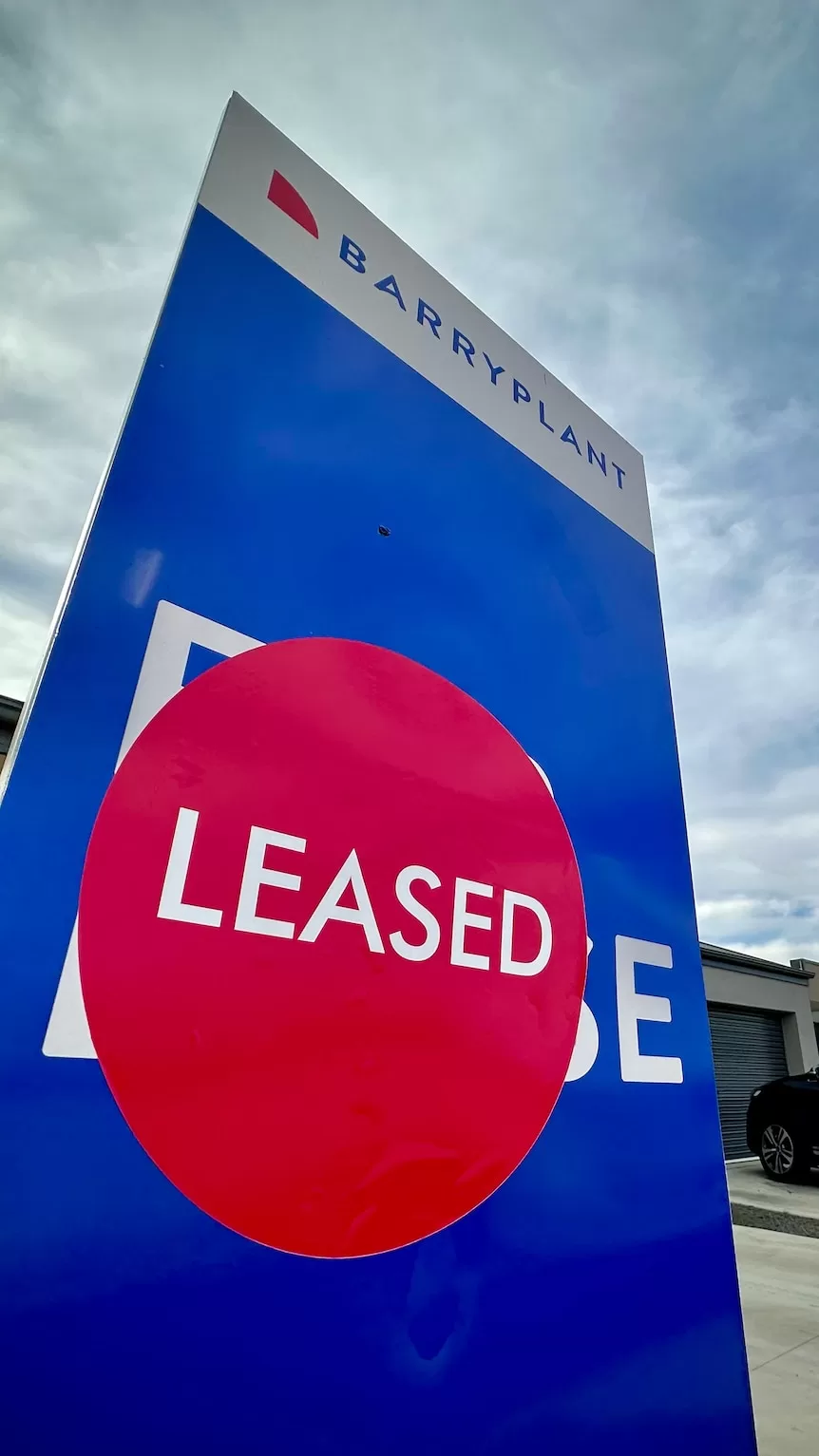- In short: Surging rents over the past year have seen the number of affordable rentals “vanishing” across the country.
- Rental demand continues to outpace supply, leading to fewer affordable rental properties.
- What’s next? Analysts are hopeful early signs of rising rental vacancies will continue, putting downwards pressure on rental price growth.
Rental affordability in Australian capital cities is going from bad to worse.
PropTrack’s latest Market Insight Report shows surging rents over the past year have seen the number of affordable rental homes “vanishing” across the country.
At the start of the pandemic, 43.2 per cent of Australia’s rental properties cost less than $400 a week.
That figure has plummeted to just 10.4 per cent, which is also a third lower than this time last year.
It is significantly worse after removing regional centres, with just 5.9 per cent of city property rentals costing less than $400 a week.
“Crisis conditions have really gripped rental markets right around the country,” PropTrack senior economist Eleanor Creagh said.
At the start of the pandemic, 20 per cent of house rentals in Sydney cost less than $400 a week – that figure is now 2 per cent.
In Melbourne, 4 per cent of house rentals now costs less than $400.
Melbourne also saw the largest annual decline in the share of houses listed for less than $400 a week.
ACT had the smallest share of both houses and apartment properties listed to rent under $400 at 2.1 per cent.
“Rental listings costing less than $400 a week have plummeted pretty much in every market and across both houses and units,” Ms Creagh said.
“We’ve seen strong demand to rent [and] limited supply of available rentals, and that’s put downwards pressure on rental vacancies, which has in turn placed upwards pressure on rental prices, with significant rental price increases seen right around the country.”
From a macroeconomic standpoint, economists say migration is driving the rising demand.
“It’s a bit of a catch 22 now,” Ms Creagh said.
“We know we’ve seen very strong demand to rent, and that’s certainly been buoyed by elevated student arrivals and net overseas migration hitting record levels throughout much of the past year.”
And supply, she said, was failing to keep pace with demand.
“So we know we’ve seen a slowdown in the completion of new builds,” she said.
“We’ve also seen that investor activity in terms of adding to the pool of available long-term rentals hasn’t really ben where it needs to be.”
It all boils down to this rather sober line from PropTrack.
“This is really problematic for low-income households because it means pretty much no rental properties are affordable in the country,” Ms Creagh said.
Separate research from CoreLogic shows during the 2010s the average annual growth in rents was about 2 per cent.
This was roughly in line with inflation.
Fast forward to 2024, and CoreLogic’s latest annual rental price growth rate remains at the still elevated 8.5 per cent.
“And we are seeing aspects of that flow into things like increased requests for homelessness services, more of which are unable to be serviced,” CoreLogic’s head of research Eliza Owen said.
“And I think that can lead to a bit of a tearing of the social fabric as well.”
There is a ray of light, however small, according to Ms Creagh, for those struggling with housing affordability.
“We could start to see the pace at which rental prices are growing in the months ahead isn’t quite as strong or as fast as we have seen over the past couple of years,” she said.
“So that’s probably the silver lining.”
Later today the Australian Bureau of Statistics will release its April Monthly Consumer Price Index Indicator.
It will show the weighted average annual movement in rental prices.
Further elevated rental price inflation could complicate the Reserve Bank’s next interest rate decision.
While Tuesday’s ABS April retail sales data shows very weak spending at the shops, the RBA cannot ignore elevated inflation elsewhere in the economy.
